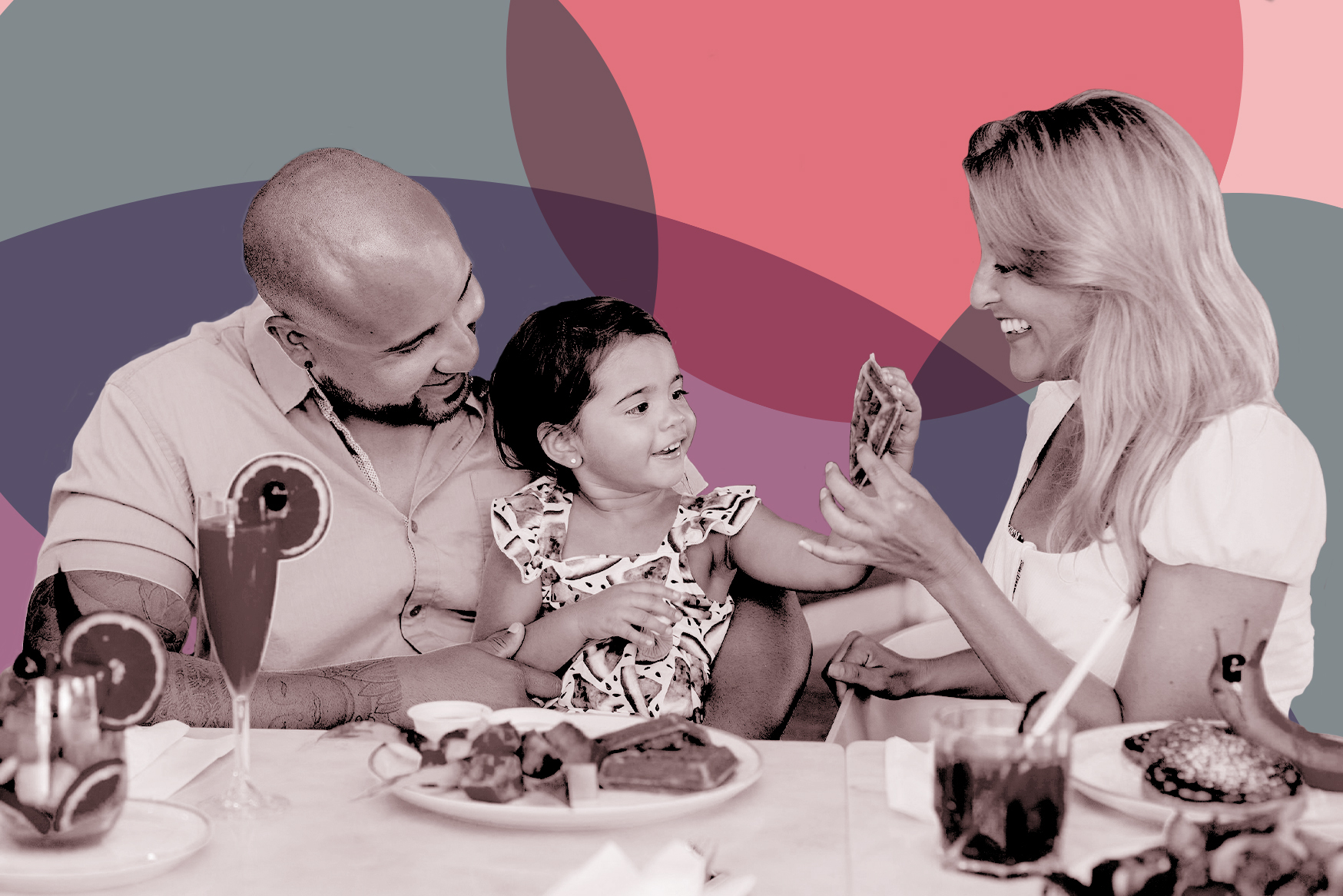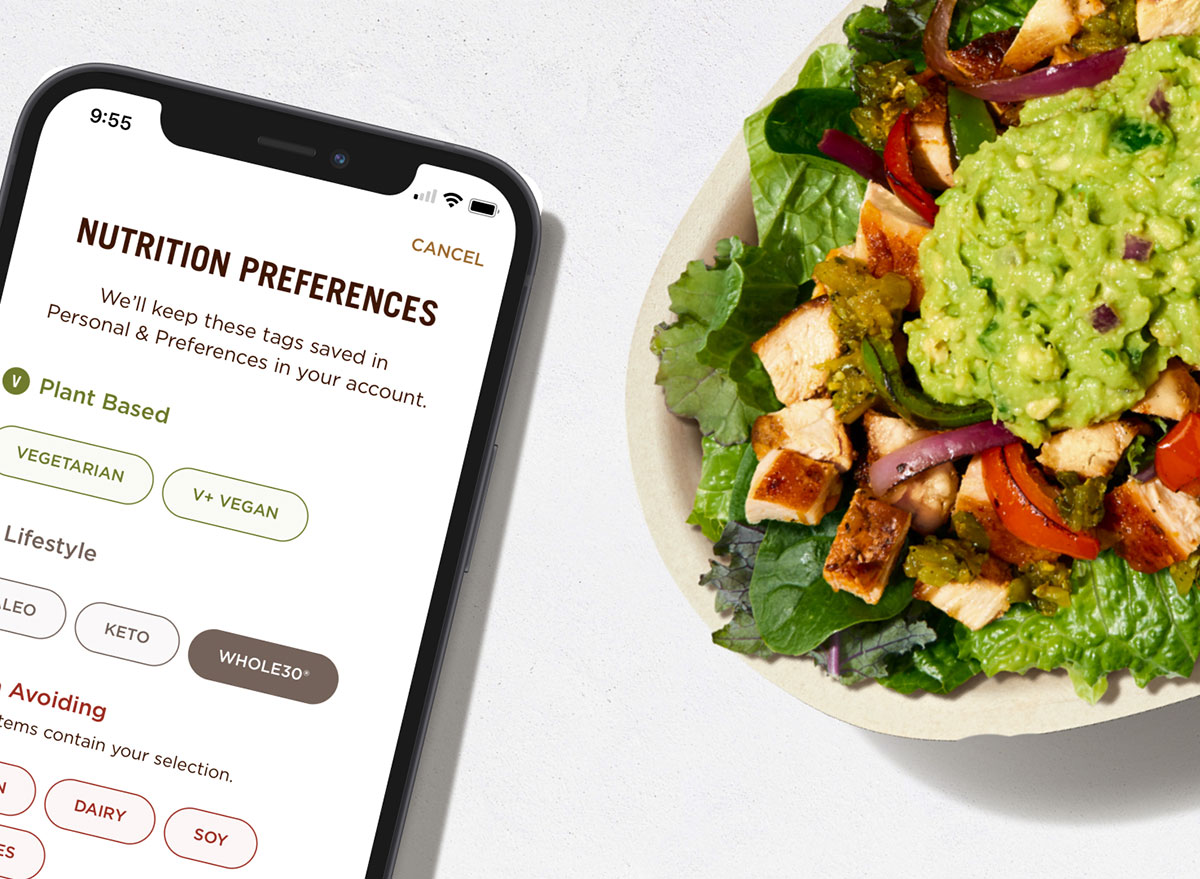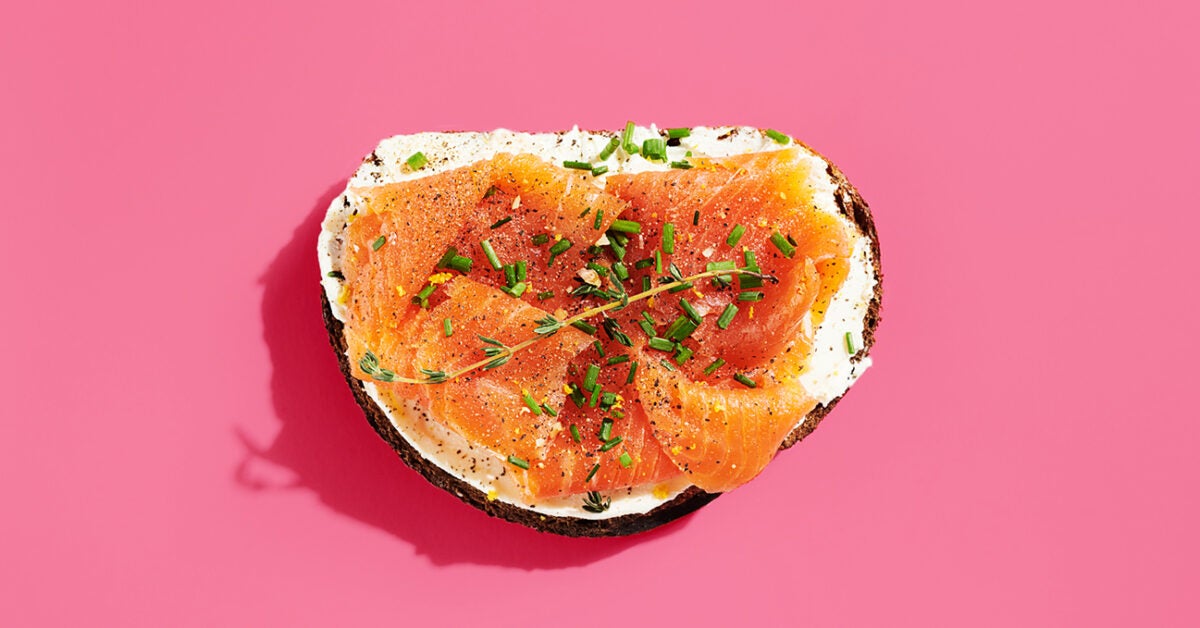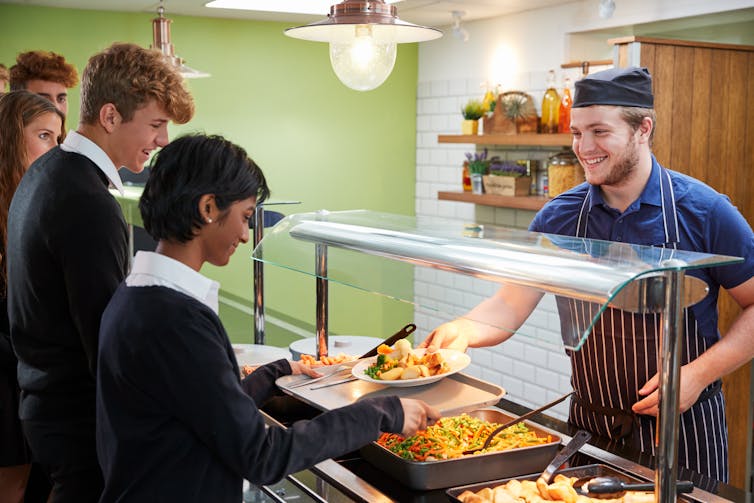PopSci is spending September relearning how to eat. As intuitive as our love of chowing down is, a lot stands between us and optimal eating. This month, we’ll break down diet myths, unlock delicious kitchen hacks, and explore our most common misconceptions about our grub.
There are few things human beings get more unsolicited advice on than how to take care of their kids. But suggestions about what, when, and how much they should eat generally take the cake. So, it’s completely understandable if as a parent or caretaker, you feel doubly anxious about nutrition and wellness.
While there’s probably no one faultless way for humans to eat—and certainly not one that research has identified yet—we know that dieting for weight loss isn’t a good way to stay healthy for most people. Diet marketing and encouragement to lose weight are everywhere, and being pressured into dieting can be even more harmful for a child than for an adult. Dieting while young raises the risk of developing an eating disorder later in life, and even hearing negative talk about food and body image from parents can make kids more likely to restrict their food intake.
Recent research suggests that nutritional mindsets like “intuitive eating” and “mindful eating” can lead people to eat a more varied, healthy balance of foods overall, while feeling less anxiety about food and body image. Intuitive eating, which in some respects is the opposite of dieting, focuses on learning to read and respect your body’s hunger cues, which many of us have learned to ignore thanks to pressure to diet and lose weight, according to experts. Intuitive eating also means trying to remove any moral associations with eating certain types of food—in other words, nothing is inherently off limits on account of being “bad” for you.
[Related: Why most diets don’t work—and what to try instead]
Amee Severson, a Registered Dietician in Bellingham, Washington and co-author of the forthcoming book “How to Raise an Intuitive Eater,” says childhood is the perfect time to cement a person’s healthy relationship with food. “The vast majority of people are born as intuitive eaters,” she says. “We just have it cultured out of us.”
As a young child, she points out, you probably had pretty simple thoughts about food—I’m hungry, so I should eat or I’m thirsty, so I should drink. The problem is that many parents unintentionally invalidate those instincts.
“I can’t tell you how many clients have told me that their parents said to them, ‘oh no, you’re not hungry, you’re just bored,’” Severson says. “While I firmly believe the vast majority of caregivers really do just want the best for their kids—that they’re just trying to protect them from health problems, or from bullying—this shapes an adversarial relationship with the body.”
When an implicitly trusted caregiver tells a child that they shouldn’t eat when they’re hungry, shouldn’t trust their own hunger cues, or that certain foods are “bad,” Severson says, it’s easy for that self-doubt to become part of a kid’s core beliefs. Still, there are plenty of ways to help your children retain a natural awareness of what their bodies need. Here are some things to keep in mind if you’re looking to encourage your child to have a more neutral relationship with food.
Challenge your own beliefs about food
Because it’s so easy for caregivers to pass on their own disordered eating patterns, an important first step in setting healthy standards for your child’s eating is to examine your own relationship with food.
“I don’t necessarily feel safe around food or like I can trust myself, and that’s much more common than we realize,” says Virginia Sole-Smith, a journalist who’s spent years investigating diet and nutrition and author of “The Eating Instinct.” “We live in a culture that’s constantly telling us not to trust our bodies.”
She encourages caregivers to think back on their own childhood experiences with eating. “That food that your parents always wanted you to eat and you always hated, do you like it today? Most often the answer is no, because you fought over it and it felt like torture, which didn’t result in you liking vegetables more,” she says.
“The second you try to force something, [children] won’t want it,” agrees Elyse Resch, a registered dietitian and food therapist who co-authored the first book on intuitive eating in 1995. “That’s just the way healthy egos develop.”
In other words: Even if you strongly believe that eating more vegetables and fewer processed foods is what’s best for your child’s health, you should consider that demonizing chips and sweets will probably backfire. “The research shows quite clearly that using high-pressure tactics around food is very strongly linked with both eating disorder risk and weight gain risk,” Sole-Smith says.
[Related: How to help your kids get over picky eating]
Severson, Sole-Smith, and Resch also emphasize that caregivers should confront their internalized biases against weight gain, which isn’t necessarily an unhealthy thing, especially in children who are still growing.
“I don’t think most parents mean to do this, but they make their love feel conditional,” Severson says. “They make kids feel they’ll be more loved or cared for if they’re smaller.”
Severson urges caregivers to examine the way they talk about bodies—not just their child’s bodies, but their own bodies, as well as other people’s. Of course, your problems around food and body image likely won’t disappear overnight. Sole-Smith says you can make a difference for your children and yourself by working to vocalize negative thoughts less often. “There’s a lot we can do just by making an effort not to shame bodies, including our own, or foods, and taking the negativity out of your life,” she says.
Stop demonizing food and start trusting kids to eat
When adults learn intuitive eating after years of restriction, Severson says, they often express a fear that they’ll do nothing but binge on so-called “bad” foods, like baked goods and fried carbs. “People think we’re saying to eat cake every day,” she says. “But you’d get sick of that cake so fast.”
It’s understandable for parents who have always been taught to avoid such foods might envision tykes gorging themselves on candy and never touching vegetables again if given the chance. Resch does note that parents who’ve restricted their kids from eating certain things may initially see them gravitate toward those forbidden treats once rules are lifted. “But parents who restrict should know that kids are going to friends’ houses and eating everything in sight,” she says. Once their formerly-limited favorites are accessible to them, she adds, they’ll get used to the lack of scarcity and lose their obsession with the stuff.
“Eventually you will start craving foods that will make you feel physically good as well as emotionally good,” Resch says. “The fear of future deprivation can cause people to just go after what they’re not supposed to have in a big way.”
Sole-Smith cites her own kids as an example of finding this balance: They love eating sandwiches from Subway, she says, so she gives them takeout from the chain for dinner around once a week. “Other nights we have home cooked meals from scratch,” she says, “but they love Subway, so it’s important that they get it often enough not to fixate on it.”
[Related: Eating disorders are about emotional pain, not food]
Severson notes that the reverse is also true: Overemphasizing “healthy” foods can make kids want to avoid them. “It’s important to try to have neutral reactions to food,” she says. “We’re taught to be really excited about our kids eating broccoli, but kids will do anything they can to piss you off, so you don’t want to moralize food in that way, either.”
“The best thing you can do is to make foods emotionally equivalent, with no foods forbidden,” Resch says. She fondly recalls one patient whose child was tasked with bringing a favorite food to school and chose not chips or candy, but Bok Choy. While intuitive eating won’t turn every kid into a champion for greens, it’s a heartening reminder that most children won’t want to live on cake forever just because it’s not off limits.
Provide a variety of foods
Nutrition experts emphasize the importance of making sure kids know that their hunger cues and needs will be respected, and that food will be available to them when they’re hungry.
“This doesn’t mean serving donuts at every meal and never putting a vegetable on the table,” Sole-Smith says. But it does mean providing children with things that you know they want to eat—even if they’re going through a picky phase and that means offering mac and cheese as an option every night. “Serve a variety of foods, including ones you know kids will be interested in eating, and don’t give them a hard time if sometimes they don’t eat the broccoli or don’t eat the chicken,” Sole-Smith says.
Intuitive eating doesn’t mean letting the tots set the whole menu every night, Severson says. Instead, the key is letting them have a say in what actually goes into their mouths. “The important thing is that they get an opinion, and that we give them access to all types of food, and that they ultimately get to decide what they eat.” In her experience as both a parent and a dietitian, she says, people naturally crave fruit and vegetables, as the nutrients and fiber in them make the body run smoothly and feel good. Kids are no exception.
Encourage eating autonomy
Resch notes that fostering a child’s natural instincts around food is easiest if you start as early as possible—when you first introduce solids.
“It’s such a critical time, from six months old to a year, and it’s where some of the problems begin,” she says. “Parents feel all this pressure to get kids to eat all this pureed food, or else they won’t be healthy.”
But Resch urges caregivers to resist the call to shovel spoonfuls of veggie goop into babies’ mouths. As widely accepted as that practice is, she says, it’s where many children first learn that food is something they should take cues from other people on—that being healthy means eating things they don’t enjoy on the schedule of whoever is controlling the spoon.
During the first year of life, babies get the majority of what they need nutritionally from milk, she says, which makes it a perfect time to present them with solid food as something they can explore and discover on their own terms. She suggests cutting baby-safe pieces of a variety of options—whatever the older members of the family are eating, if possible—and simply making it available by putting it in a bowl or scattering it on a highchair tray.
[Related: Keto weight loss is mostly a sham]
“They’ll sit in their highchair watching their family eat and enjoy food, and have the opportunity to touch, play, gum things that interest them, taste new things, spit things out,” she says. “It’s such a critical time, and they’ll retain that instinct that they can honor their own wisdom and desire.”
Family mealtimes continue to be an important opportunity for encouraging a healthy relationship with food as kids get older, Sole-Smith says. Kids should feel confident that they’ll get to eat foods they like, and caregivers should also take the opportunity to introduce new or challenging foods without pressuring little ones to partake. Severson notes that if she served broccoli, salmon, and mashed potatoes, her daughter might refuse to eat a single bite—she doesn’t particularly care for the first two, and hates the third. But if Severson added rice to the table, she knows, her daughter would happily eat a plate full of it.
“She might not eat the veggies or fish that night,” Severson says, “But she’d be exposed to them, which is also important.” And she wouldn’t associate those foods with a miserable night of going to bed hungry or being forced to eat something she really dislikes.
Sole-Smith reminds caregivers to focus on the long term goal of raising kids who trust their bodies, and not to fret when individual meals aren’t perfect. “Food is a life skill, and a long-term skill, it’s not something you have to master by first grade,” she says.
Look at health holistically
For people who have spent their whole lives equating “good” foods and lower body weights with health, it can be scary to encourage kids to eat the things they like. It doesn’t help that many pediatricians—who Resch notes are not generally educated in nutrition or psychology—encourage weight loss if kids fall on the wrong side of the extremely flawed BMI body fat measurement. Many of her clients with eating disorders can point to an incident in a doctor’s office where they were shamed for gaining weight or told to avoid certain foods as one of the main triggers of their experiences restricting or purging.
But Resch notes that while we actually know very little about how to control weight or how much it impacts various aspects of health, we do know that stigma against fatness—and pressure over eating and looking a certain way—causes a lot of stress. That stress can lead to depression and other mental health problems, and high levels of the stress hormone cortisol can even raise your risk of conditions like diabetes and stroke.
Sole-Smith encourages caregivers to take a more holistic view of health.
“Parents have been told to define health really narrowly, and if your definition of health is how many veggies a kid eats, everything I’m saying is very unhelpful,” she says with a laugh. “But health is much broader—it’s about mental health, sleep, energy, how kids feel about themselves.”
Severson recalls someone asking one of her colleagues what parents should do if a kid tries to eat five cookies in one sitting.
“He said, ‘why don’t you ask them how they are?’ And I think about that a lot,” she says. “Parents don’t get a lot of encouragement to make sure their kids are happy and satisfied.”
Adblock test (Why?)
Teach your kids intuitive eating - Popular Science
Read More












